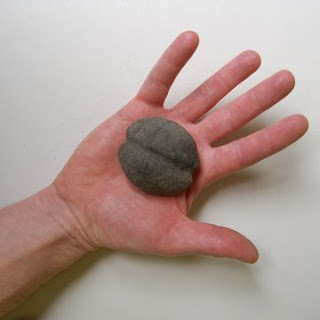
There is a half-mile stretch where the creek and the street car line run roughly parallel and just a stone's throw apart. For certain, these two courses were never fully accessible at any point in time. Even in 1903, when the first "C" trains ran along the avenue, the creek would have been disappearing behind fences, and under roads and buildings.
I can't be the only one who entertains fantasies of geography while walking through our city. An example, what if for every four city blocks there was one lot dedicated to raising chickens? Those familiar with the lifestyle and habits of these birds may have many plenty of reasons why not. Still. And what if trout still populated this creek? This kind of thinking is an indulgence so I'll get it out of my system and deal with some time-travel.
1. To see the stands of giant redwoods of the nearby hills. If not felled in a mere 20-year span in the 1800's, this might be our most sacred local site.
2. To stand (in 1750) on the east shore of what is now our city lake. At that time it was an estuary, open to the bay and mouth to several creeks, including this one.
3. To ride a C-train past the diner, through the Cut, and down 40th Street toward the bay. (A 40th Street rail line is a real possibility in the next 10-15 years)
It would be greatly satisfying to try and throw a stone from here (standing on the former street car rails) to the creek--just to see.






